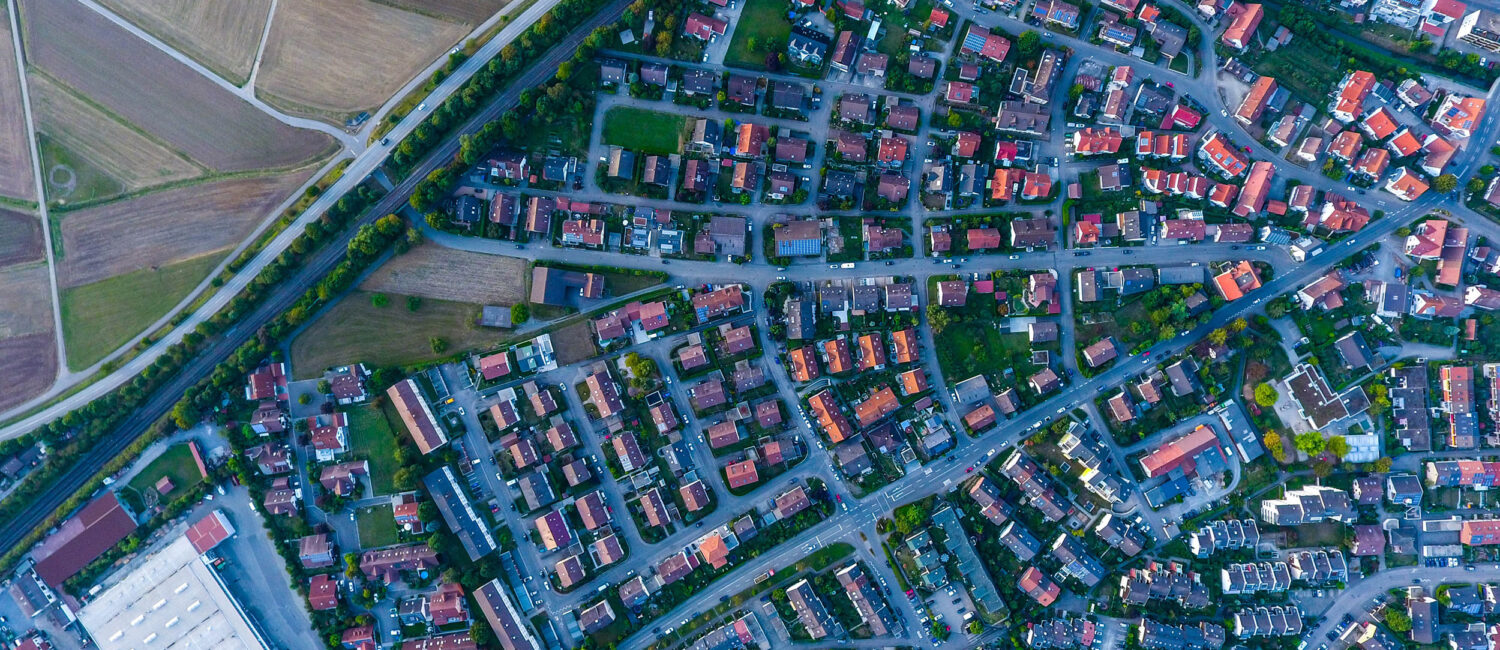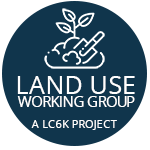
Initiatives
Land Use Classification
Defining a global taxonomy
Human land use is both highly complex and highly variable, especially in light of the long time period and large spatial scale of the Land Use Working Group project. Existing models of land use and land cover change use very simple categories. Like all classification systems, these are simplifications and, like all classifications, they are designed to address specific analytical goals.
Archaeologists and historians rarely work at a global scale and such simple categories are too broad and too problematic for local or regional analyses. Furthermore, there is incongruity about the precise definition of specific terms so that what is meant by ‘farming,’ for example, is subject to disagreement.
The Land Use Working Group classification system to describe all human land use through time, recognizing both the limitations of definitions and the utility of a single taxonomy that can be used on a global scale.
Land Use Variables
Relevant Across Land Use Systems
In addition to the hierarchical classification system, the Land Use Working Group records information on variables that can be relevant across land use systems. These options provide the opportunity to ascribe greater levels of detail and to add nuance to the simple classifications.
Decisions about which variables to include were, like the classifications themselves, based on extensive consultation and represent a series of compromises between what climate modelers would like to know about the past and the kinds of evidence archaeologists, in particular, typically collect or are able to collect.
The Variables
Cultigens
This category refers to domesticated or near-domesticated plants known to be present in the location and time recorded.
Water and landscape modification
This variable is used to differentiate agricultural systems that rely on ‘natural’ cycles of water or soil nutrient availability (i.e. rainfed or flood-based systems) from those in which interventions are made in order to increase the productivity of a given land unit.
Pyrotechnology
This variable is concerned with non-food production processes involving intensive fuel use, whether in the form of wood, charcoal, coal, or dung.
Fire
The use of fire in the landscape has arguably been a major factor in anthropogenic landscape modification [249]. Some HGFF land use practices used landscape-scale burning to clear land of woody vegetation and to encourage new plant growth for wild animals.
Animals
This category refers to domesticated or near-domesticated animals known to be present in the location and time recorded.
Tillage
One of the ways in which past land use resulted in soil turnover was through tillage. While archaeologists sometimes find direct evidence for tillage such as plow marks, more often they are inferred on the basis of tools such as hoes, plows and digging sticks, paleobotanical analyses, and on geoarchaeological evidence.
Settlement mode
This variable relates to the distribution and character of settlements within a land unit. Although settlement distributions are not necessarily directly linked to the nature or scale of vegetation change in the past, they may enhance understanding of the distribution of human presence.
Global Land Use Data Platform
Data Repositories
Land Use Working Group
A LC6K Project
Want to get involved?
Email chadhill@sas.upenn.edu
© 2021 Land Use Working Group


